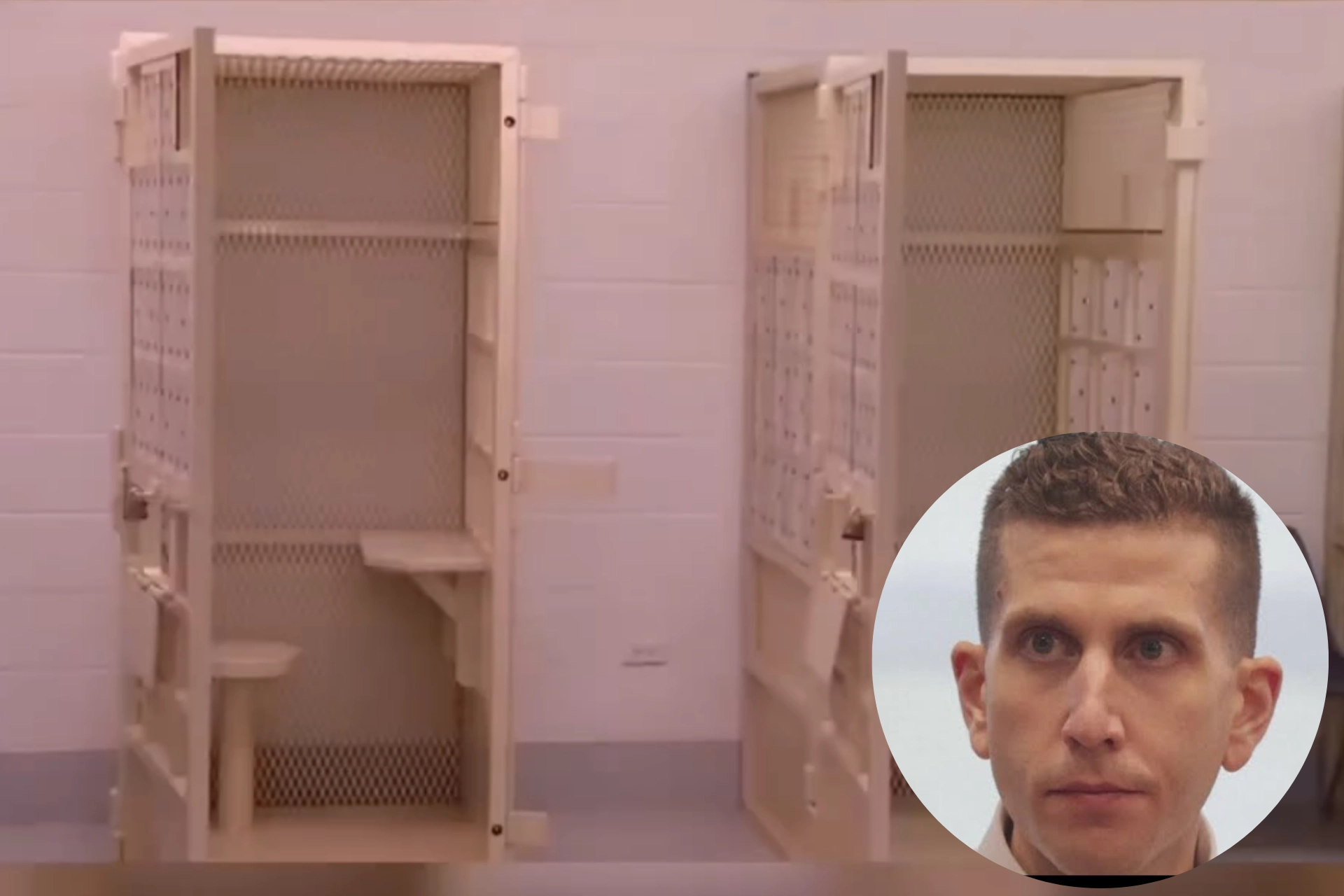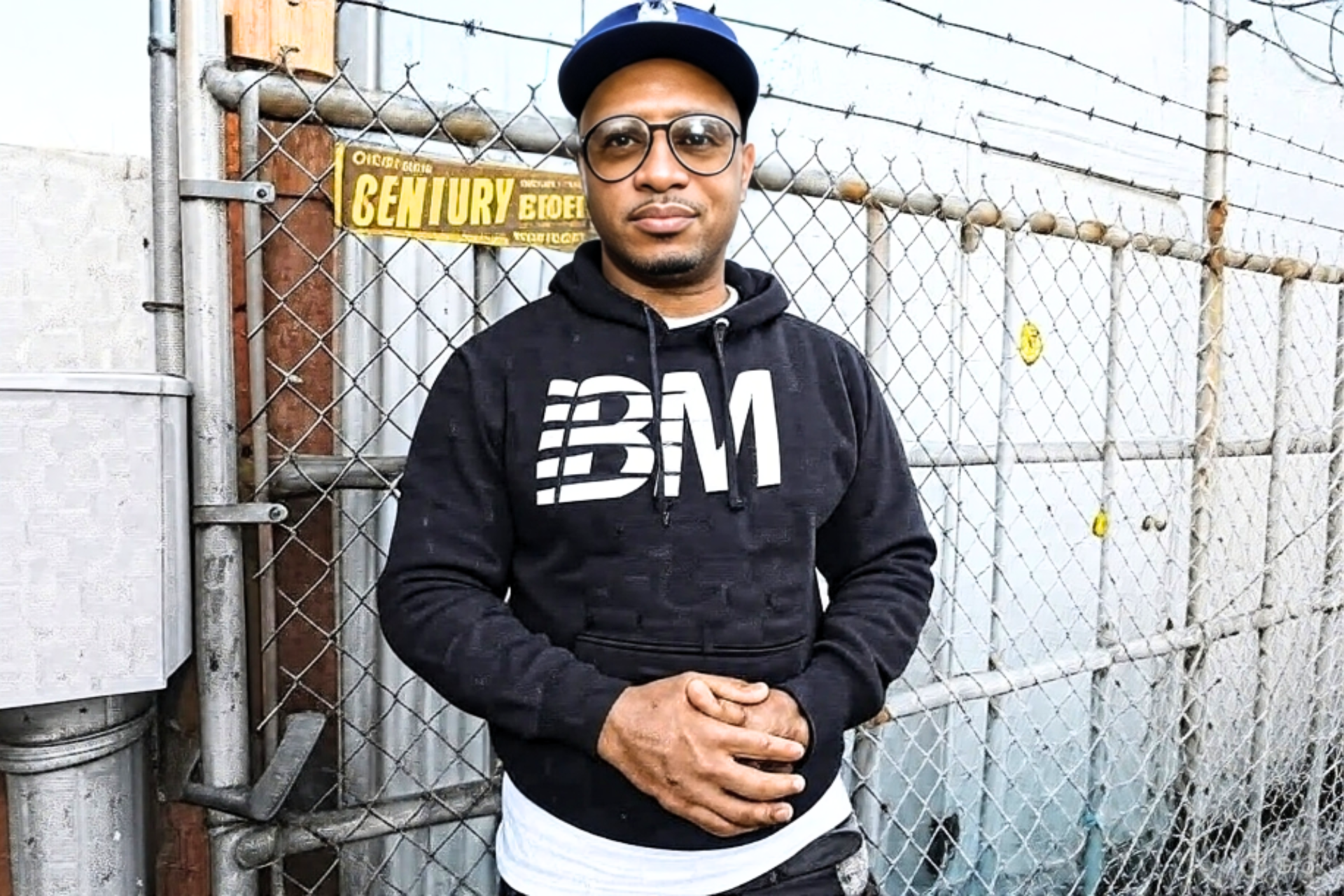Bryan Kohberger’s guilty plea in the brutal murders of four University of Idaho students has sealed his fate: a life sentence in the Idaho Maximum Security Institution (IMSI), a prison notorious for its harsh conditions and violent inmates. On July 2, 2025, the 30-year-old former criminal justice student admitted to killing Kaylee Goncalves, Madison Mogen, Xana Kernodle, and Ethan Chapin in their Moscow, Idaho, home in November 2022. His plea deal spared him the death penalty but ensures he’ll spend his days in one of the state’s most infamous facilities.
The crime horrified the nation. Kohberger slipped into the students’ off-campus house through a sliding glass door, wielding a knife to fatally stab the four victims. A knife sheath left at the scene, bearing his DNA, became the key evidence that led to his arrest in Pennsylvania weeks later. After maintaining his innocence for over two years, Kohberger’s guilty plea to four counts of first-degree murder and one count of burglary brought mixed emotions. While the plea offered some closure to the victims’ families, many were left angry, with critical questions—such as the location of the murder weapon—still unanswered.
Now, Kohberger faces life at IMSI, a prison near Kuna, Idaho, built in 1989 to house the state’s most dangerous offenders. With a capacity of 549, IMSI holds death row inmates and those needing mental health care in a secure unit. Its reputation, however, is darkened by troubling reports. Recreation cages have been described as filthy, caked with urine and feces. The ventilation system, neglected for years, has been called a health hazard, with inmates using it to pass messages or even retaliate with waste. Guards have faced accusations of excessive force, including a February 2024 raid where they deployed pepper spray and tear gas, stripped cells of bedding, and left inmates shivering on bare concrete.
Prisoners have fought back against these conditions. In May 2024, about 90 inmates staged a hunger strike, demanding better medical care, cleaner facilities, and less time in isolation. The protest, one of Idaho’s largest prison demonstrations, prompted small changes, like cleaning the ventilation system and adding pull-up bars in recreation areas. Yet, many problems remain. Solitary confinement is common, with some inmates getting just one hour outside their cells daily, a practice experts warn can harm mental health. Contact visits, halted since 2018, were briefly restored in 2024 but stopped again after fights. This leaves Kohberger and others cut off from physical connection with family, a stark contrast to efforts elsewhere aiming to maintain connection and healing through family contact.





